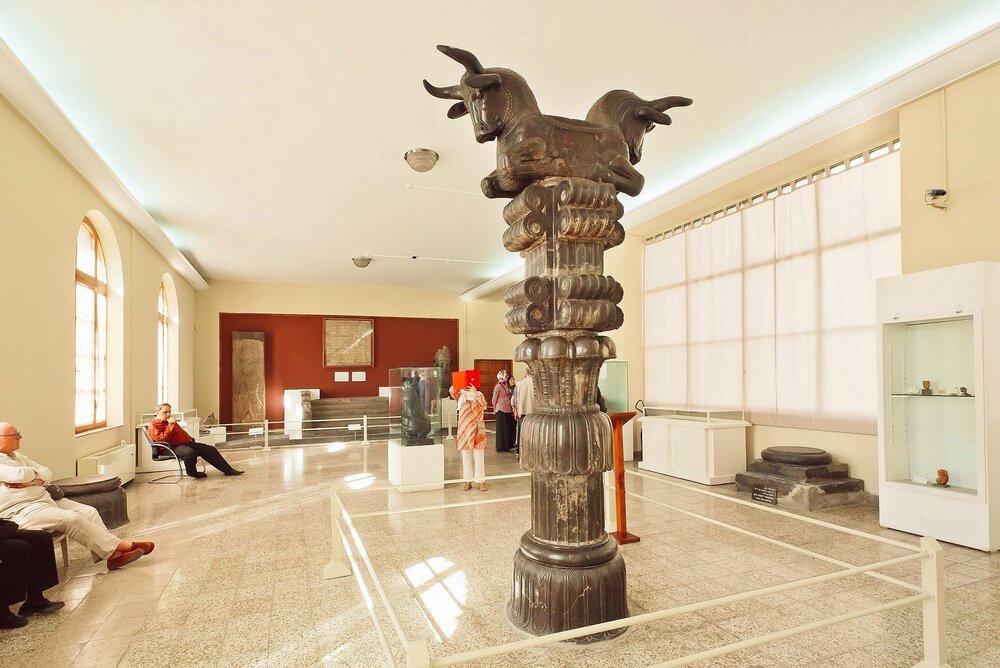Tehran, Beijing consider joint exhibits of ancient relics

TEHRAN – Iran and China consider plans to hold joint exhibitions of their historical relics.
The National Museum of Iran is set to hold an exhibition of ancient cultural heritage in Beijing, ISNA quoted the museum director Jebrael Nokandeh as saying on Friday.
“We have entered negotiations with a number of Chinees museums, however, the host museum has not been determined yet,” Nokandeh said.
Last July, the National Museum of Iran and China’s Peking University signed a memorandum of understanding to reinforce cooperation. The agreement was signed by Nokandeh and Hao Ping, the president of Peking University, during an online ceremony attended by officials and experts from both sides.
In an opening speech, Hao said China and Iran are both the birthplace of human civilizations and their ancestors have created brilliant cultures. Hao further said that the National Museum of Iran has numerous collections, strong research capabilities, and a window to Iranian civilization.
“This museum is one of the important museums of the world, with a world-famous reputation; it is a very ideal place for research on the origin of human civilization and cultural exchanges between East and West.”
Nokandeh, for his part, expressed his satisfaction over what he called a “valuable opportunity” to expand cooperation between the two scientific and cultural centers. He said the National Museum of Iran, as the mother museum of the country and a huge treasure trove of archaeological finds from different parts of Iran, has an important history of exhibition, research, and other related activities.
Chock-full of priceless objects showcasing the juicy history of the nation, the National Museum showcases ceramics, pottery, stone figures, and carvings, mostly taken from excavations at Persepolis, Ismail Abad (near Qazvin), Shush, Rey, and Turang Tappeh to name a few.
The main building of the National Museum, designed by French architect André Godard and completed in 1928, is one of the more attractive modern buildings in Tehran, blending Sassanian principles such as the grand iwan-style entrance with art deco–style brickwork.
Inside, among the finds from Shush, there is a stone capital of a winged lion, some delightful pitchers and vessels in animal shapes, and colorful glazed bricks decorated with double-winged mythical creatures. A copy of the diorite stele detailing the Babylonian Code of Hammurabi, found at Shush in 1901, is also displayed – the original being in Paris.
AFM
Leave a Comment